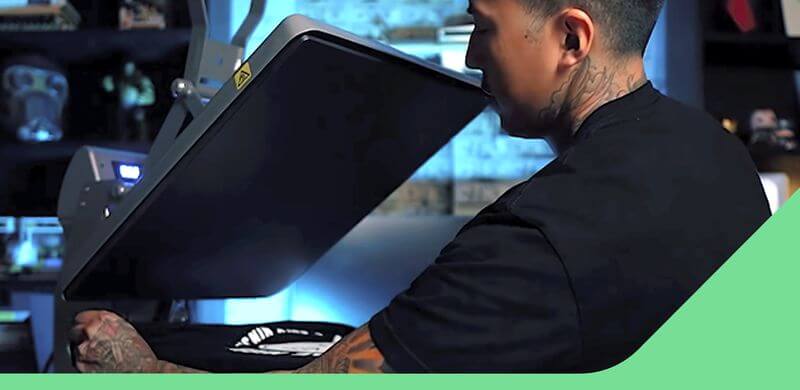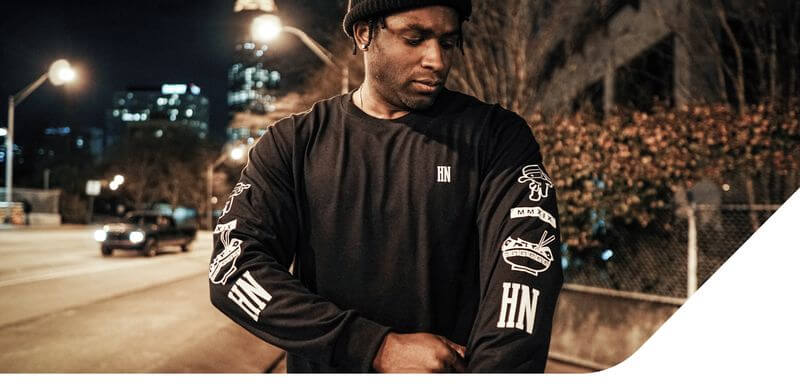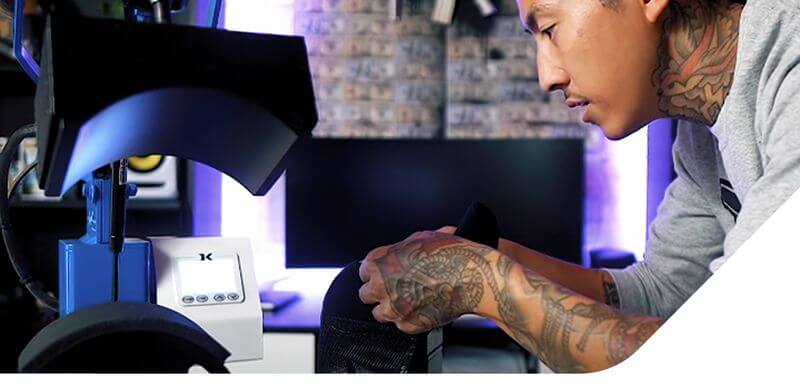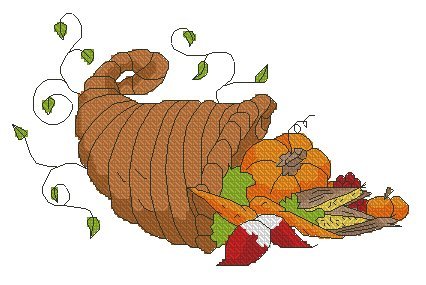For online entrepreneur Rich Khun, being a Hustle Ninja comes naturally.
Rich has been self-employed his entire life, taking on graphic design gigs from the tender age of 14.
After a freelance career designing promotional art, business cards, and billboard designs, Rich realized something that would shape the rest of his life – He loved creating innovative designs for clients. Still, he loved the process of selling them even more.
Several projects later, Rich discovered printed apparel. After figuring out the blueprint to success in this lucrative niche, he’s spent the last six years consolidating his empire.
In this article:
- Rich Khun’s YouTube channel – Hustle Ninjas
- Running an online t-shirt business
- Print-on-demand vs. printing on your own
- Picking a t-shirt niche, platform, messaging, and designs
- How to combine two passions: Apparel and YouTube
- How to overcome common entrepreneurial challenges
Rich Khun’s YouTube channel – Hustle Ninjas
Rich caught our attention not only because he uses Printify services but also because we’re hooked on his YouTube channel, Hustle Ninjas, where he’s rapidly emerging as one of the “influencers to watch” in the “make money online” scene.
In this interview, we chat with Rich about his t-shirt business and get some valuable tips for newcomers looking to start their own online apparel store. But first, let’s get a little background on the Hustle Ninja channel:
What’s your YouTube channel about?
My channel is primarily about my entrepreneur journey and how viewers can start a printing business for themselves. I give lots of practical tips and make how-to videos on subjects like marketing, branding, and shipping. I also cover the technical process of printing t-shirts.
As my channel has grown, I’ve begun to focus on growing my community and helping people find their success, and I share some of those stories in my videos.
How did you start the channel?
Honestly, I didn’t intend it to be a platform where I’d be helping other entrepreneurs. Initially, I used YouTube to improve my speaking skills, as I’d always been very uncomfortable with that kind of thing.
In the beginning, I had no idea that knowing the t-shirt printing space could help people. Little by little, I began creating more videos and reaching a larger audience. It’s delightful and fulfilling, and it’s a side project that I can do on top of what I already do well.
What videos have helped or influenced people the most?
I think the step-by-step videos of how to sell and design t-shirts have been the most influential. It’s not so much about the technical details but more about the mental aspects and the entrepreneurial journey.
Sometimes people just need a little encouragement, and once the penny drops, they start to realize just how easy it is to use a service like Printify to make a design and get it shipped.
If you enjoy this content, there are many more on the Hustle Ninjas channel. Please subscribe and tell them we sent you.
Running an online t-shirt business

What made you start printing t-shirts yourself?
I’m originally a graphic designer. I got interested in design at about 13 years of age. When I got to 14 years old, I landed my first gig where I got paid $50 for designing an ad for a nightclub.
I built my client base but eventually realized that I preferred gaining clients and selling my designs rather than creating them.
I tried all sorts of side projects and hustles and eventually settled on t-shirt printing. I bought some vinyl cutting equipment, and I was able to find success on Etsy, where I made over $140,000 in my first year and another $40,000 on Amazon and $20,000 on Shopify.
Those breakthroughs allowed me to scale my business and buy equipment such as a screen-printing setup and a direct-to-garment printer.
What made you switch to print on demand?
I’d tried print on demand in the early days, but COVID-19 was the catalyst this time around.
My wife got laid off from work, and our kids couldn’t go to daycare, so she had to stay at home and watch them. I had a few people helping me with my printing business part-time, but once they couldn’t travel to work, I had no one to help me, so I transferred all of my orders to Printify.
What using Printify for your business a success?
Of course. In April of 2020 alone, I made around $10,000 in profit from a run of t-shirts on Printify.
I like to share this example because it helps people realize that they can get started and quickly profit without purchasing stock or expensive printing equipment.
Print on demand vs. printing on your own
What advantages are there between print on demand and doing it yourself?
People say that you make less money with print on demand compared to doing the whole thing in-house. That’s not necessarily true, and it’s more that you make less of a profit margin. Ultimately, you can make more money with print on demand because you can focus more on your marketing and sales processes.
When you do everything yourself, you need to invest in many things upfronts like stock, equipment, and packaging. It takes up a considerable amount of time and can be stressful.
With all that being said, I will continue doing a lot of my printing and fulfillment for things like t-shirts. Still, it’s always good to have the print-on-demand products running as well, especially for hard-to-print items like mugs and canvases, where I’d need specialist equipment and training.
Picking a t-shirt niche, platform, messaging, and designs

What niches are you into for t-shirts?
I’m concentrating on growing my YouTube channel right now, so I’ve dialed things back a little, but when I was selling on places like Amazon, I’d cover almost everything and have hundreds of listings to figure out what worked best. In that sense, I didn’t have a particular niche.
I sell many items using SEO research, so I’m more concentrated on themes and messages than a unique brand. I sell things like birthday-themed t-shirts, for example, as they have many keywords in the listings that are specific. You could have someone searching for a “Birthday BBQ Dad Shirt,” for example, which has lots of layers of interest.
I’m using something like a birthday or a holiday, then adding in a hobby or interest layer on top to niche down and corner a specific SEO term and audience.
What are your favorite platforms for selling your products?
I mentioned using Shopify before, but it only works because I first had an Etsy and Amazon presence. I rely on big marketplaces like Amazon and Etsy to see where the traffic is coming from and what keywords people are searching for.
As a general rule, I wouldn’t advise simply throwing together some t-shirt designs and building a Shopify store as an experiment. It’s best to figure out how to maneuver on one of the big platforms, then once you’re getting orders, transfer the successful designs over to your store and use a system like Facebook Ads to drive traffic.

What helped you get more sales on Etsy?
Etsy has lots of traffic these days, just like Amazon and eBay. You just have to figure out what the people there are looking for. Getting into the top search results plays a huge role in a successful Etsy sale.
As I mentioned before, you need to niche down. Terms like “birthday shirt” are going to be hugely competitive. That’s why I always add separate interests or subjects on top of that to make it less of a competitive niche. For example, if you’re selling a birthday t-shirt, add in the word “Dad,” then “BBQ,” and you have something much more focused and unique.
How do you make sure your messages resonate with your audience?
Because I’m focused on keywords and general terms like birthdays and holidays, it’s relatively easy to resonate with my audience. I use the Sale Samurai tool, which works very well for figuring out which keywords are ranking in Etsy. I also use Google Trends to give an analytical view of what people are into.
How do you settle on things like fonts and images in your designs?
I’ve always been able to design, but over time I’ve realized that it’s best to save as much time as possible and concentrate on the sales part of the process. I hunt for niche keywords, so people will always buy my products for the message rather than design.
I stick to popular fonts (see linked videos) that are safe to use and aid the message I’m trying to get across. I take the same approach with the pictures and icons that I use as well. I’m not saying design isn’t essential, but it’s more of an extra layer in the process.
How to combine two passions: Apparel and YouTube
Rich has spoken about how his channel is beginning to grow into something special. He has a solid amount of subscribers, a thriving community and a powerful brand.
Rich’s unique talents as a designer, printer and online marketer allowed him to pivot into his YouTube channel. He helps thousands of followers start online businesses and offer custom YouTube merch.
If you are a YouTuber and are inspired by Rich’s success, here are a few tips for selling your own YouTuber merchandise through your channel:
Wear your own merch
If your channel is beginning to grow and people are starting to view you as an expert in your niche, you’re ultimately the best ambassador for your own products. So don’t be shy; wear your custom designs in your videos! Ultimately, it’s completely free advertising, especially if you make the front page of YouTube.
Use links as often as possible
One of the best ways to self-promote your merch is via your own video comment sections. Try using pinned links to ensure your merch gets noticed, and always link to your products in video descriptions and the about page of your channel.
Use the merch shelf
If your channel is eligible, the YouTube “merch shelf” is a great way of showcasing your apparel. The tool creates a “store” tab under your videos where you can add your products and includes the ability to add a logo as well.
Make your merch appealing
Last but not least, your merch needs to be tailored to the tastes of your subscribers. A channel that teaches viewers how to play rock guitar would have a completely different type of subscriber to one that offers makeup tutorials. Try to figure out your followers’ tastes and craft items that suit your channel’s niche.
How to overcome common entrepreneurial challenges
What’s the biggest challenge you’ve faced as an entrepreneur?
Being an entrepreneur is about trusting yourself and staying patient. When I was in my early twenties, it could get pretty depressing at times, as I didn’t realize how complicated things could get or that it takes time to build an online business.
When people are struggling, they often ask me about purchasing printing equipment and how to print their own T-shirts. They want to do it all themselves, even the fulfillment. I tell them to just try print on demand first to see if they enjoy the process. You need to be trusting and let someone else handle the logistics in the beginning so that you can concentrate on making sales.
How has Printify helped to shape your business?
Printify helped me to start a completely hands-off revenue stream. When you spot a niche that you want to enter quickly, you don’t have to worry about buying in stock or equipment, and with the automatic order routing feature, you don’t need to worry about supply chain issues either.
Using Printify opens the doors to a much more extensive catalog of products than I’d ever been able to print on my own while at the same time freeing up time to devote to marketing and research.
What is the most valuable lesson that you’ve learned so far?
It’s important to be consistent and remember that success takes time. Be patient, trust the process and keep putting in the same amount of hard work each day.
Want to see more from Rich Khun? Check out his spaces on socials here. And of course, don’t forget to subscribe Hustle Ninjas and tell him we sent you :).
We want to hear your story:
We would like to thank Rich Khun for taking the time to share his story with us.
Do you have a story to share with us? Write to us on success.stories@printify.com with a summary of your experience and how it will help other merchants like you. If we pick your story, you get a one-year premium membership for free!
Create your own
print on demand success!
The post From making $200,000 a year to successful YouTuber, meet the Hustle Ninja appeared first on Printify.







